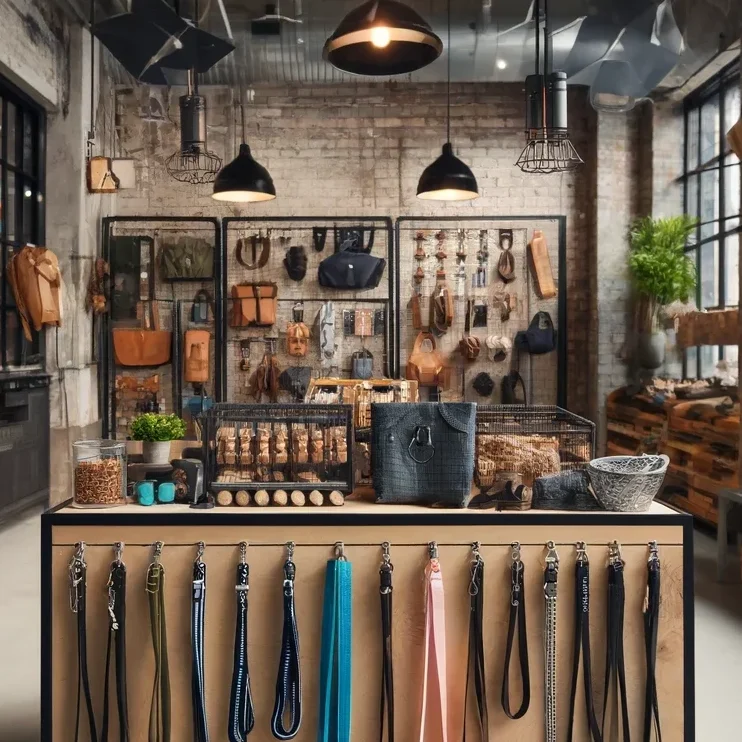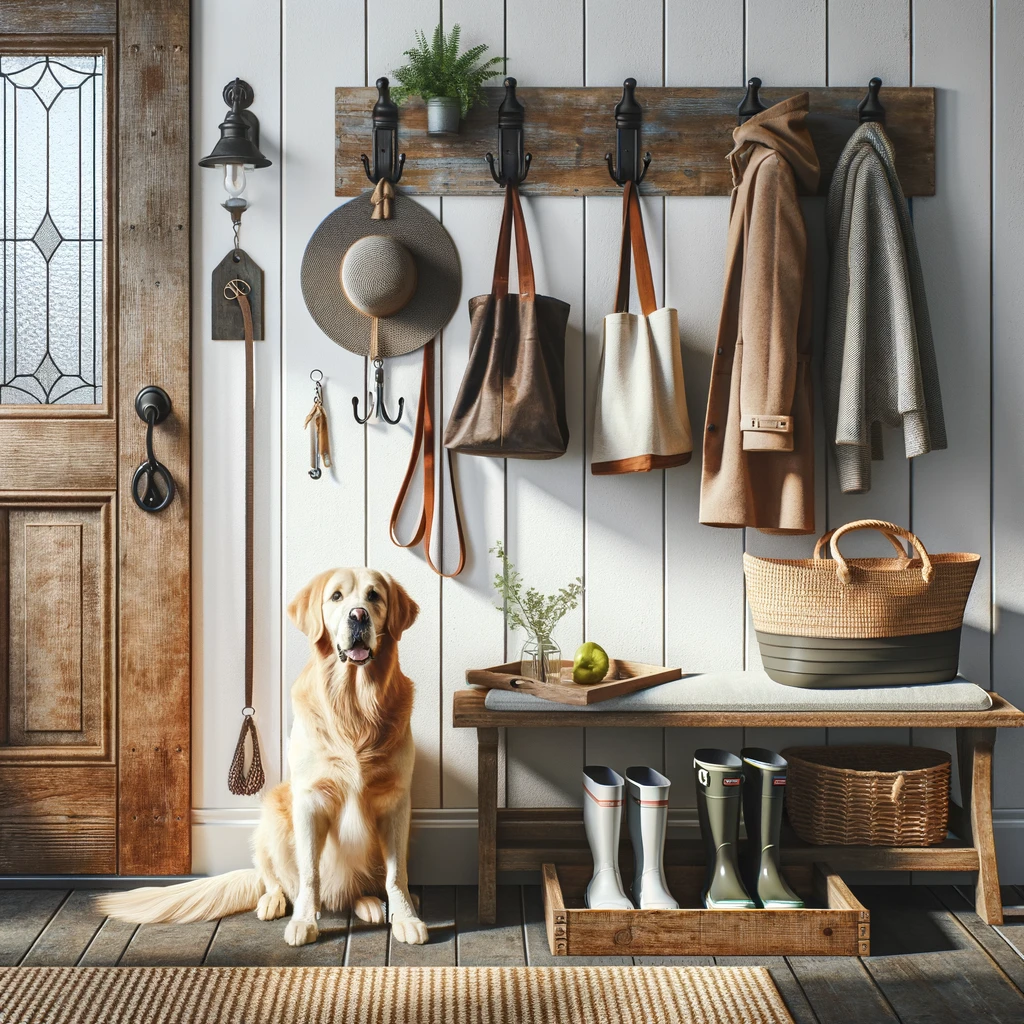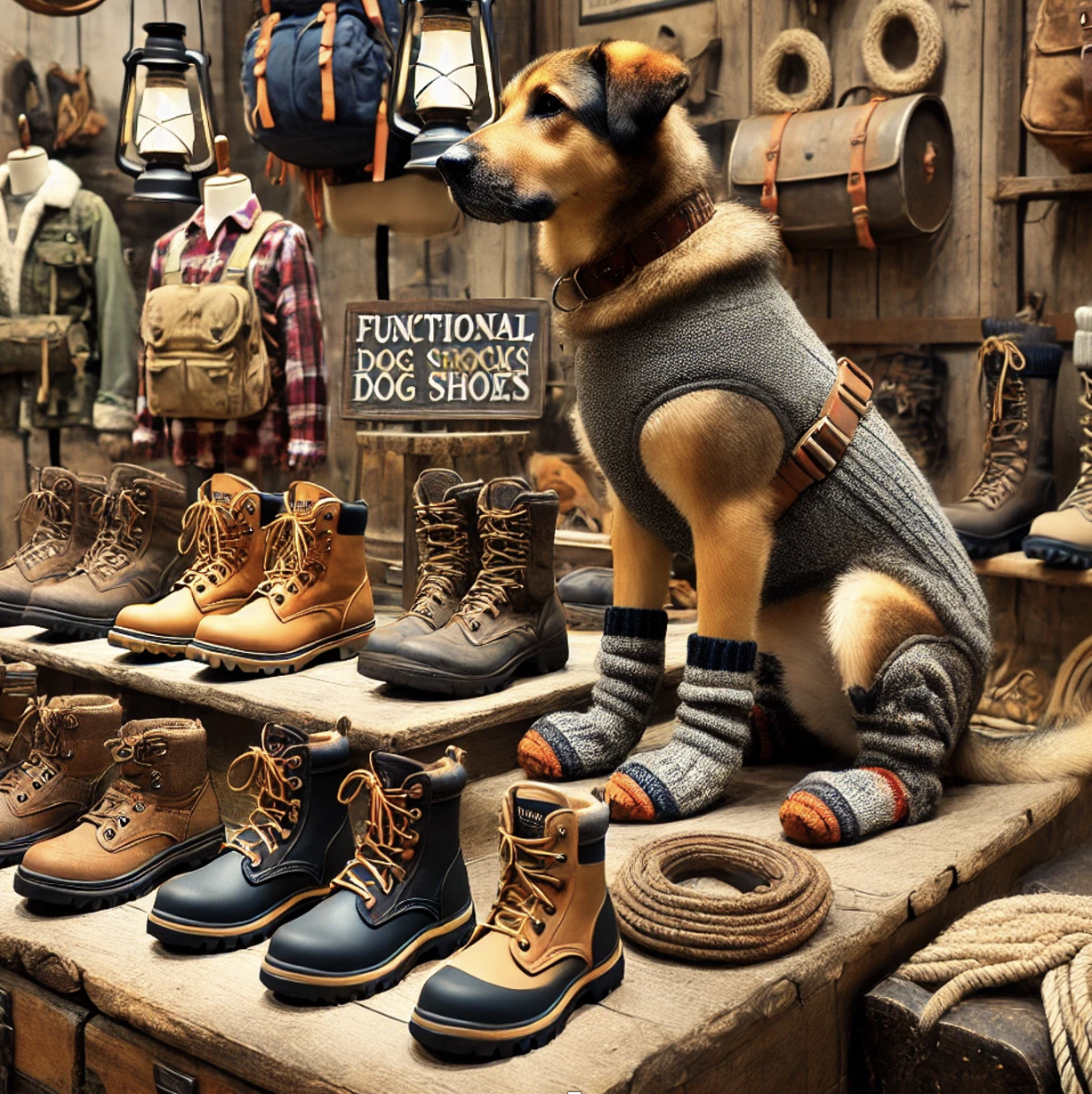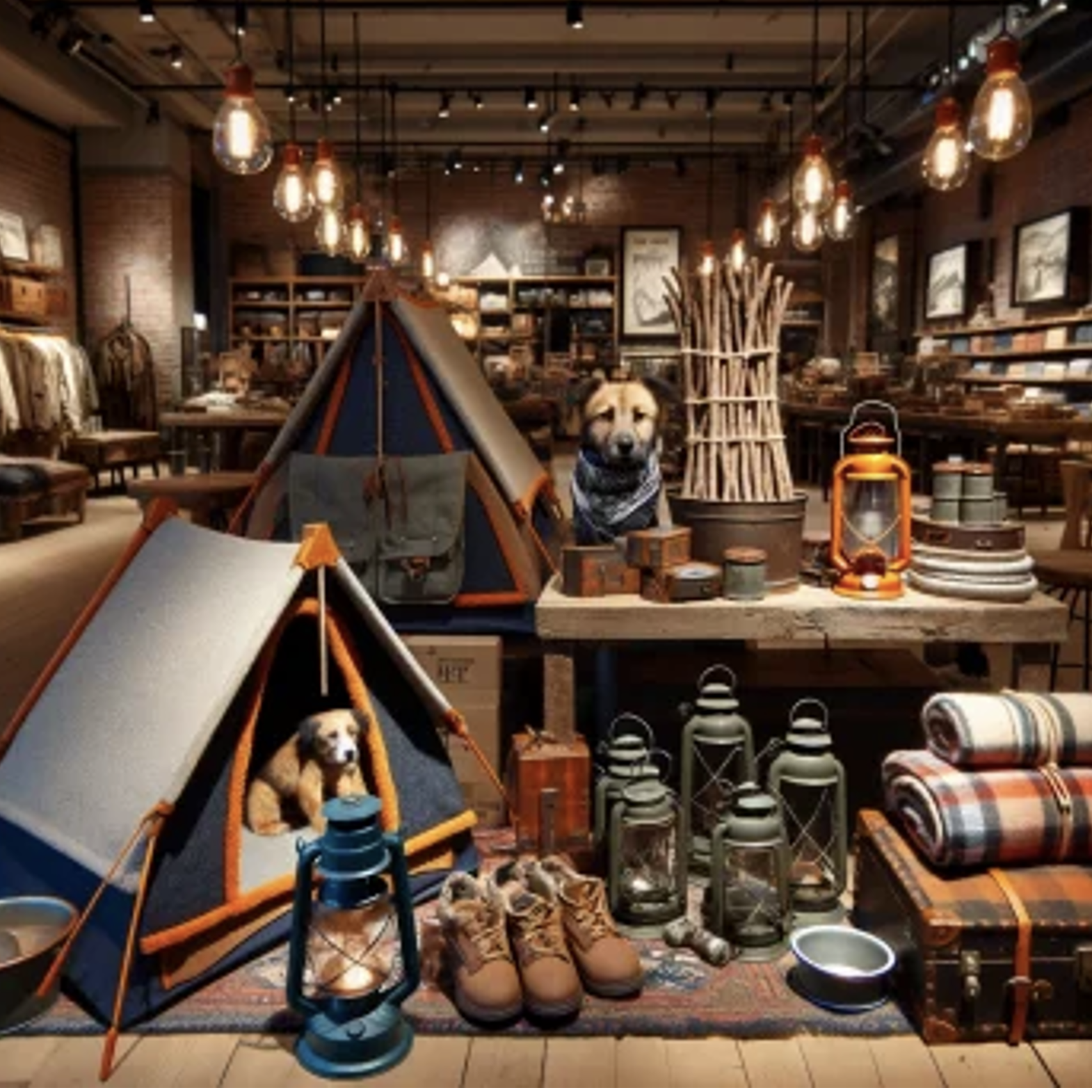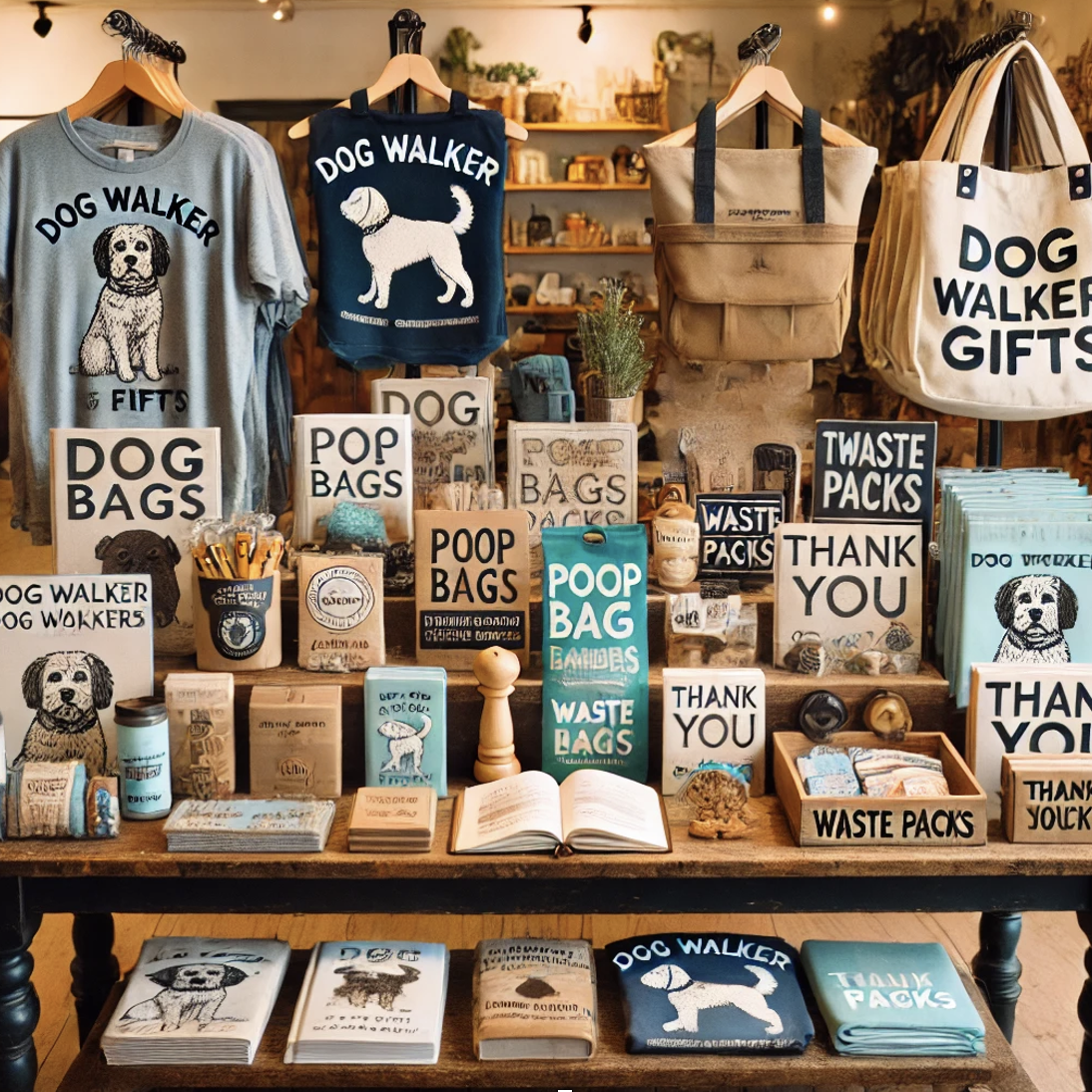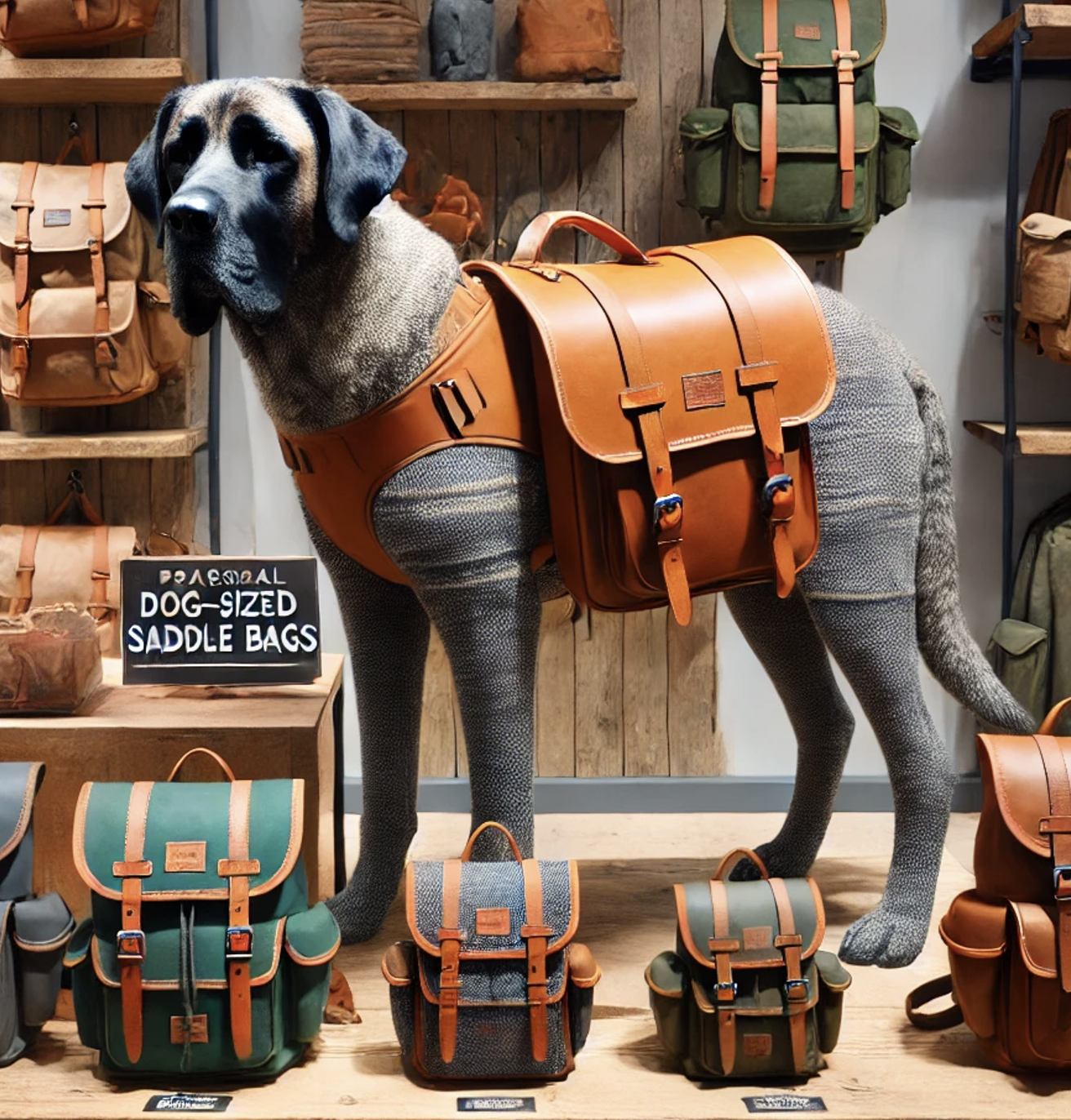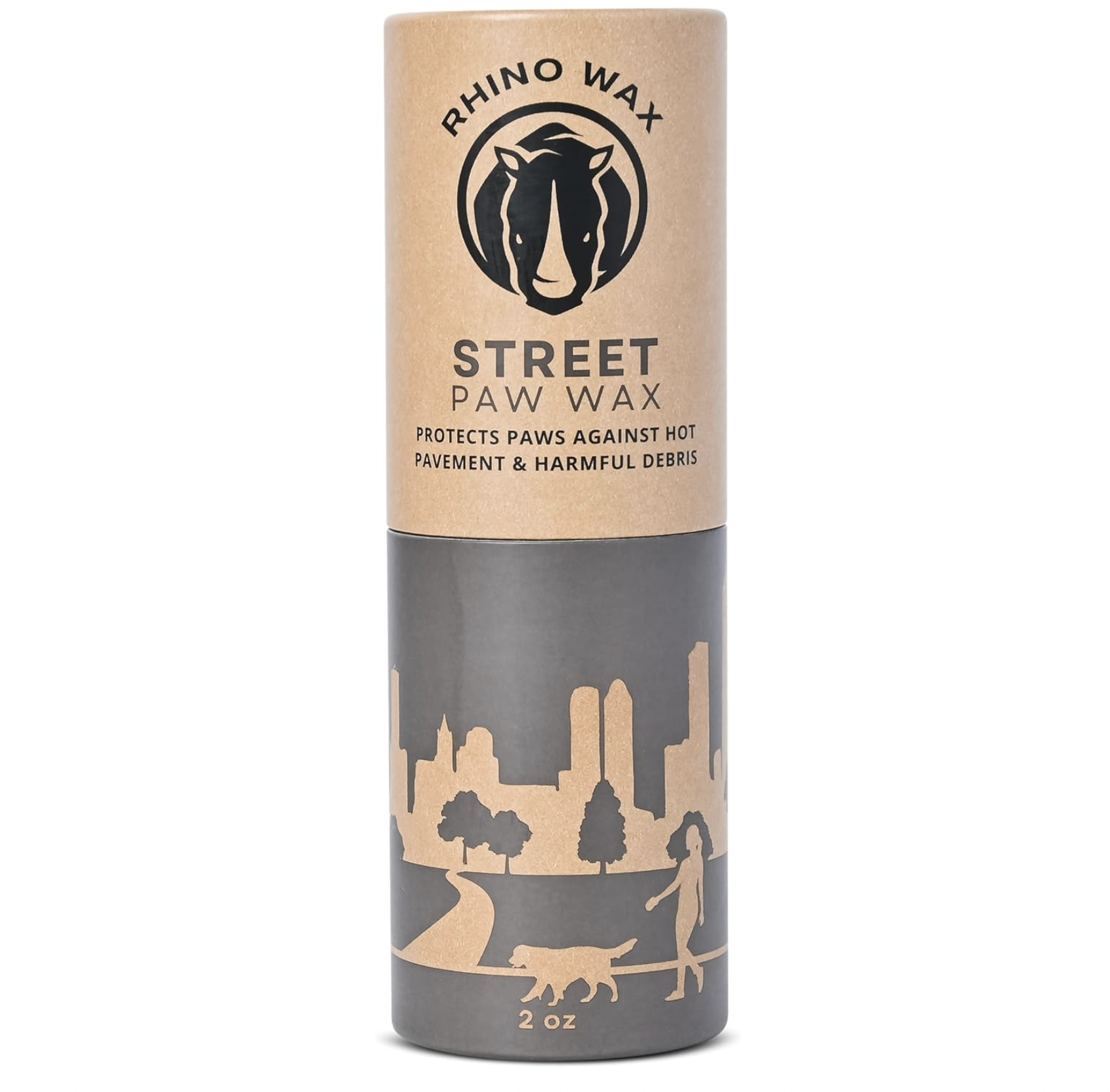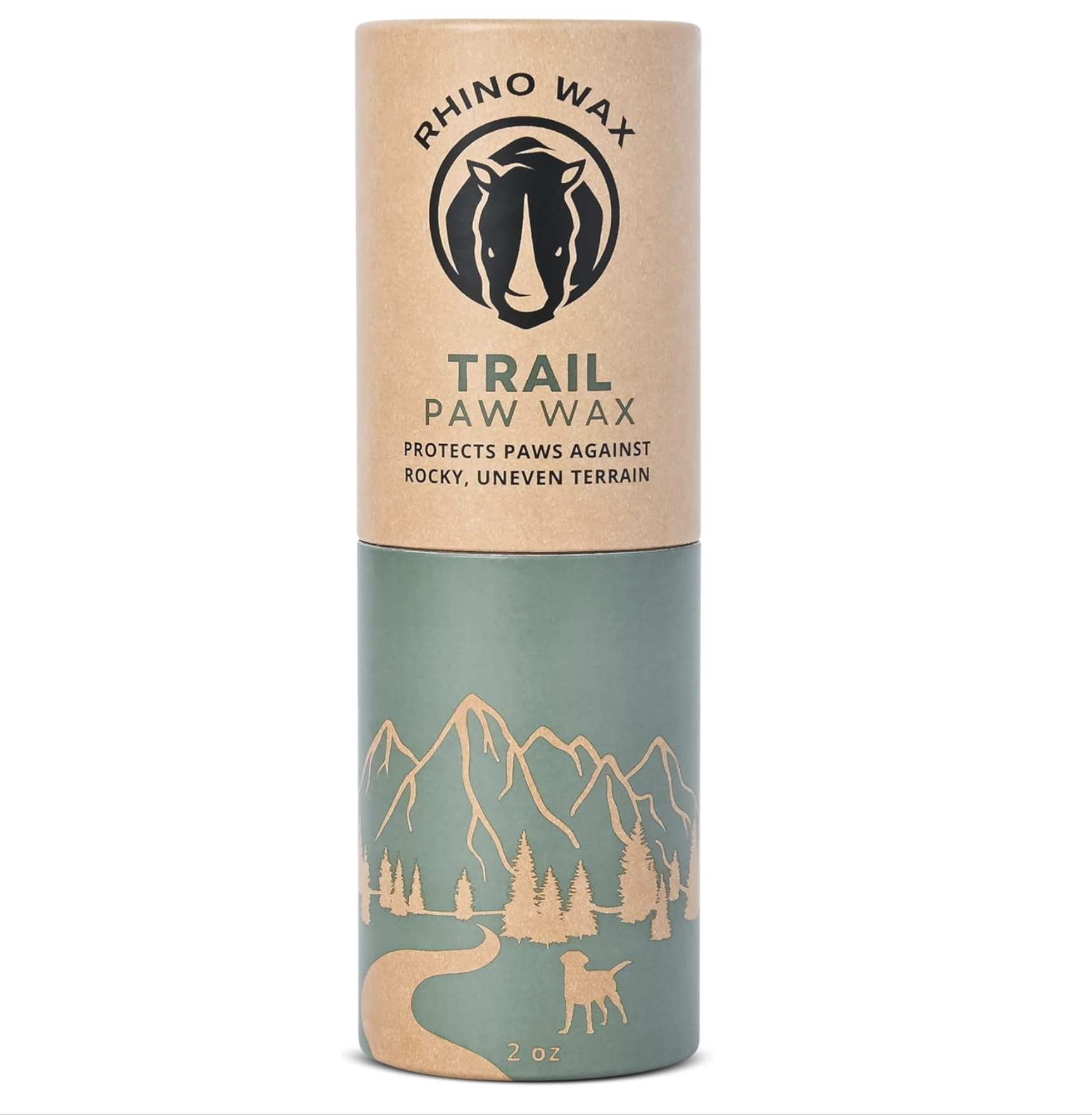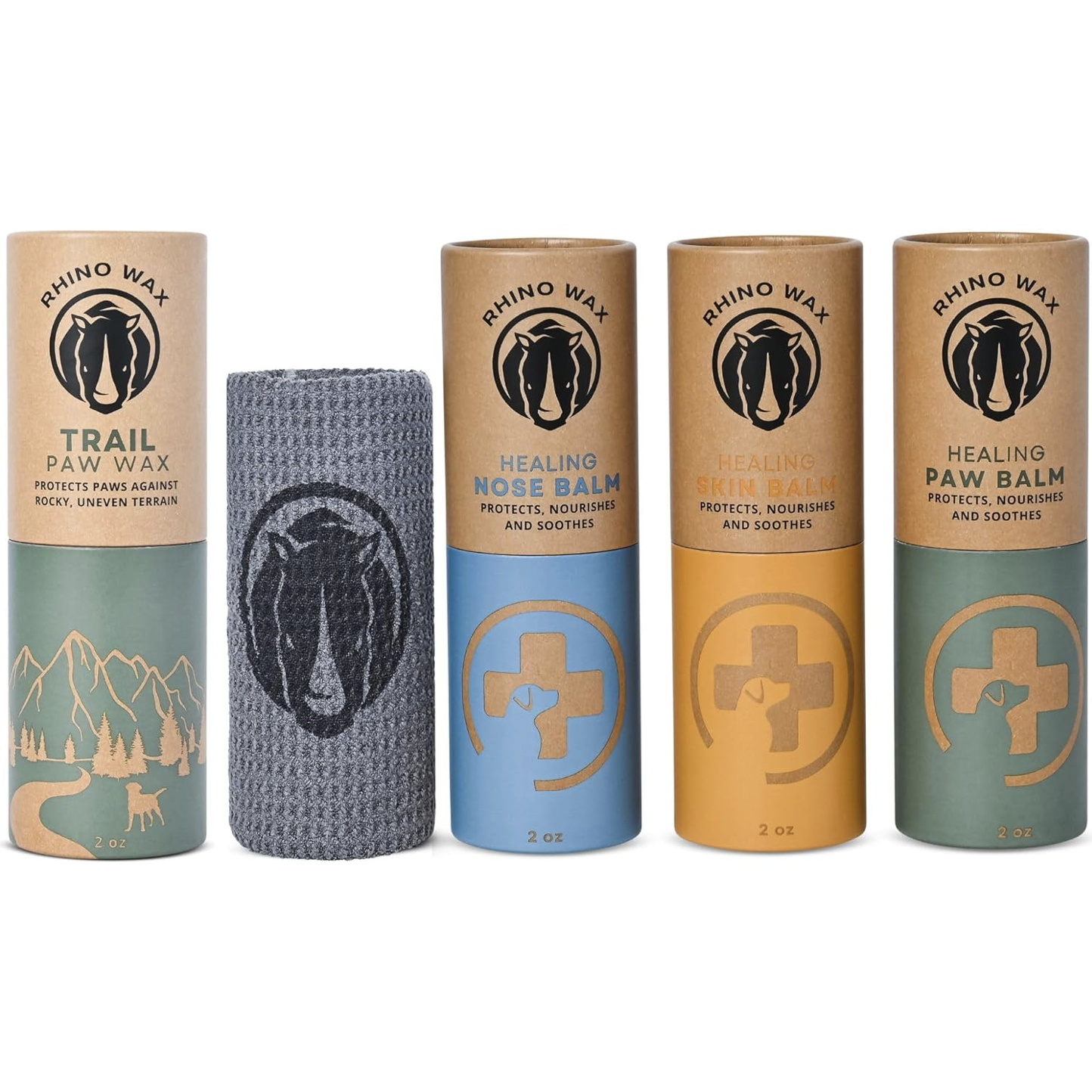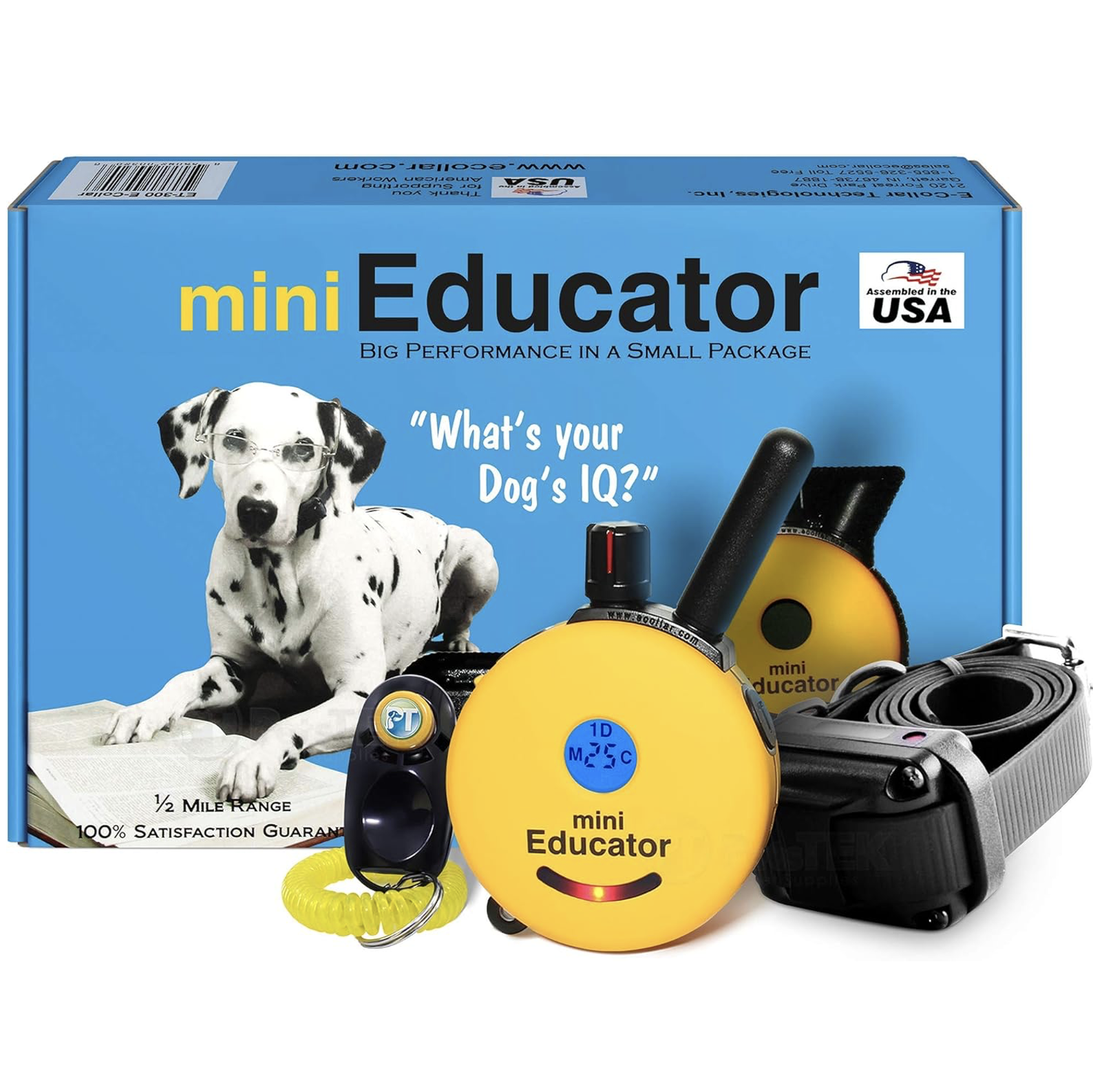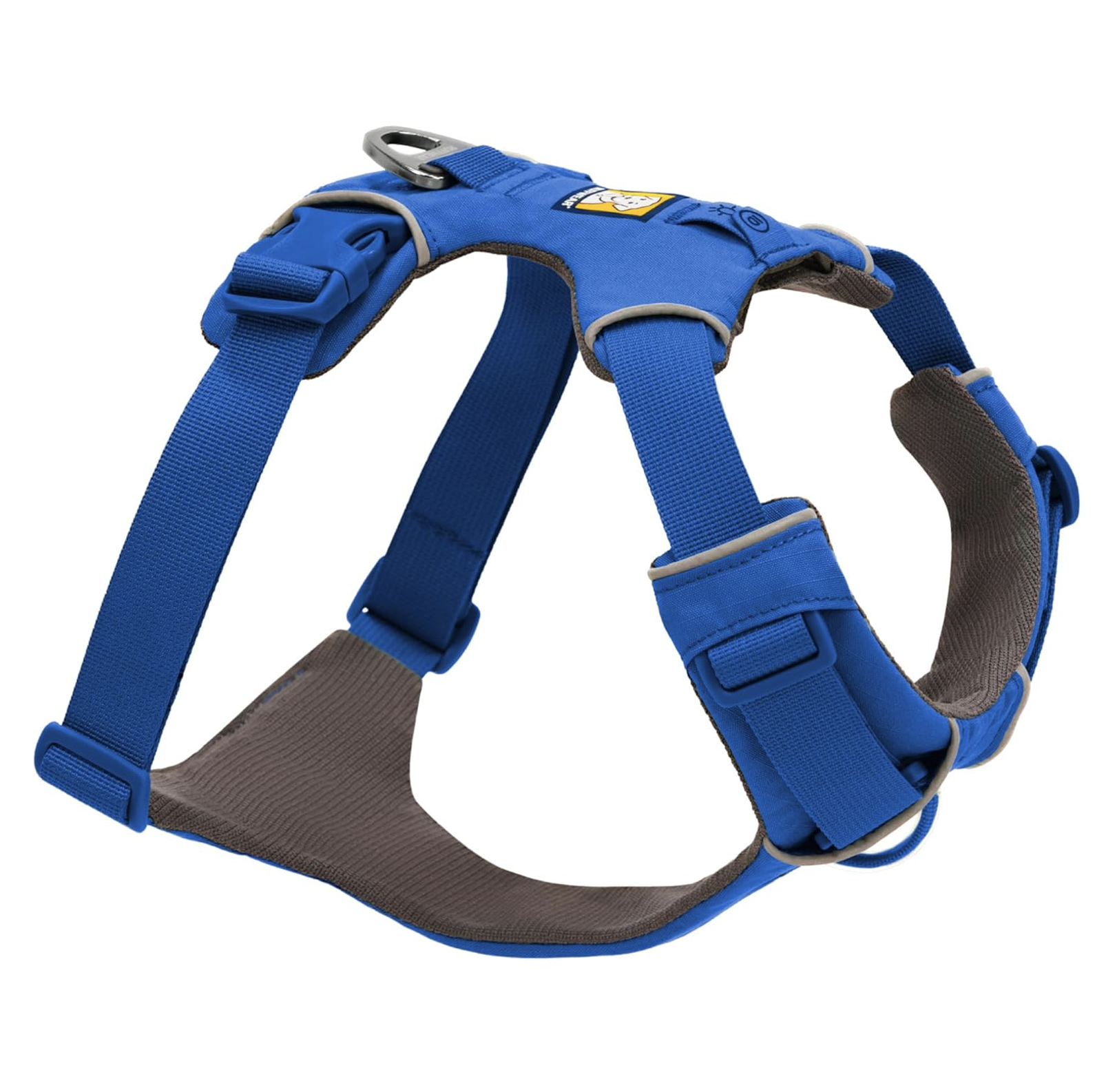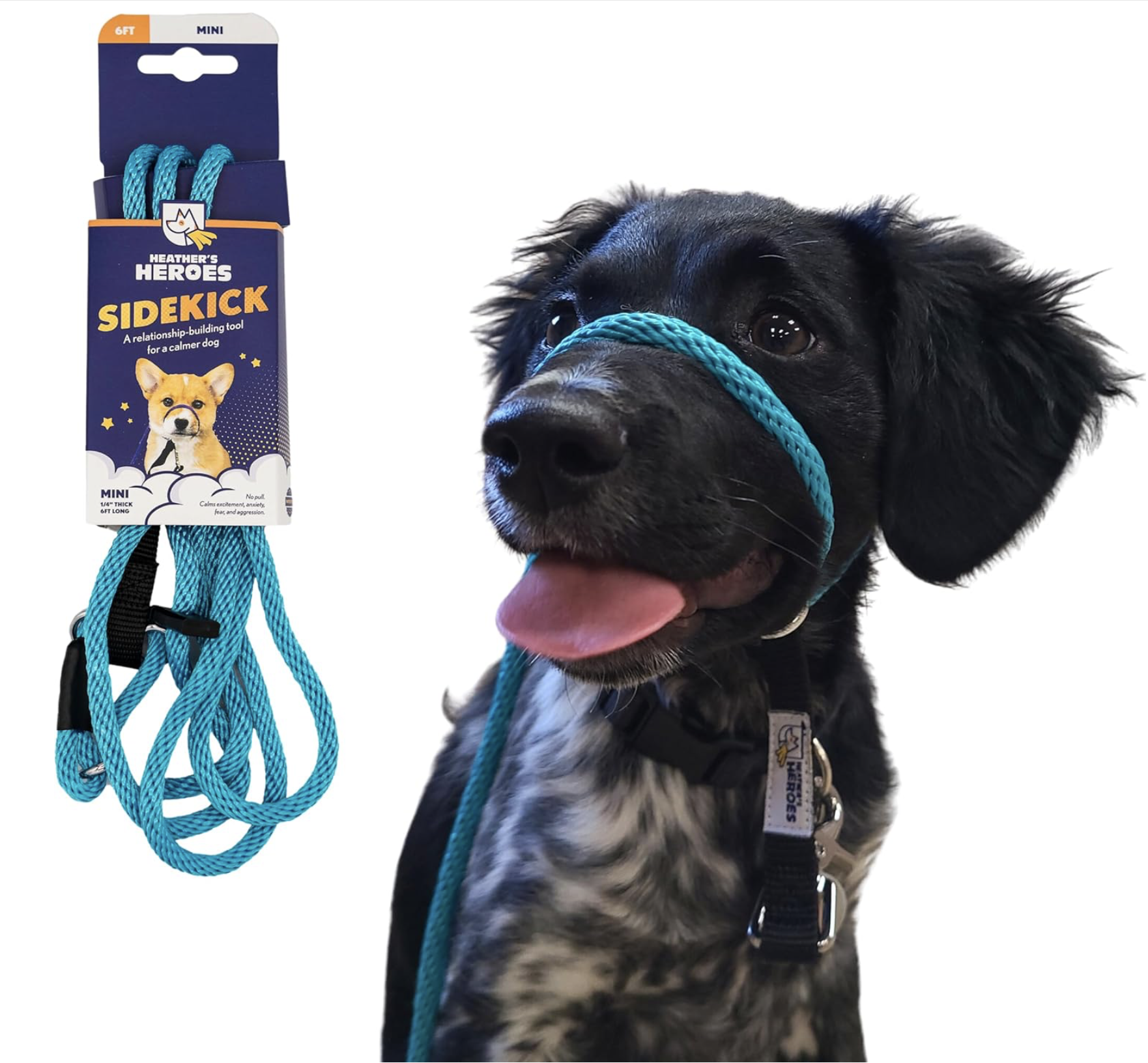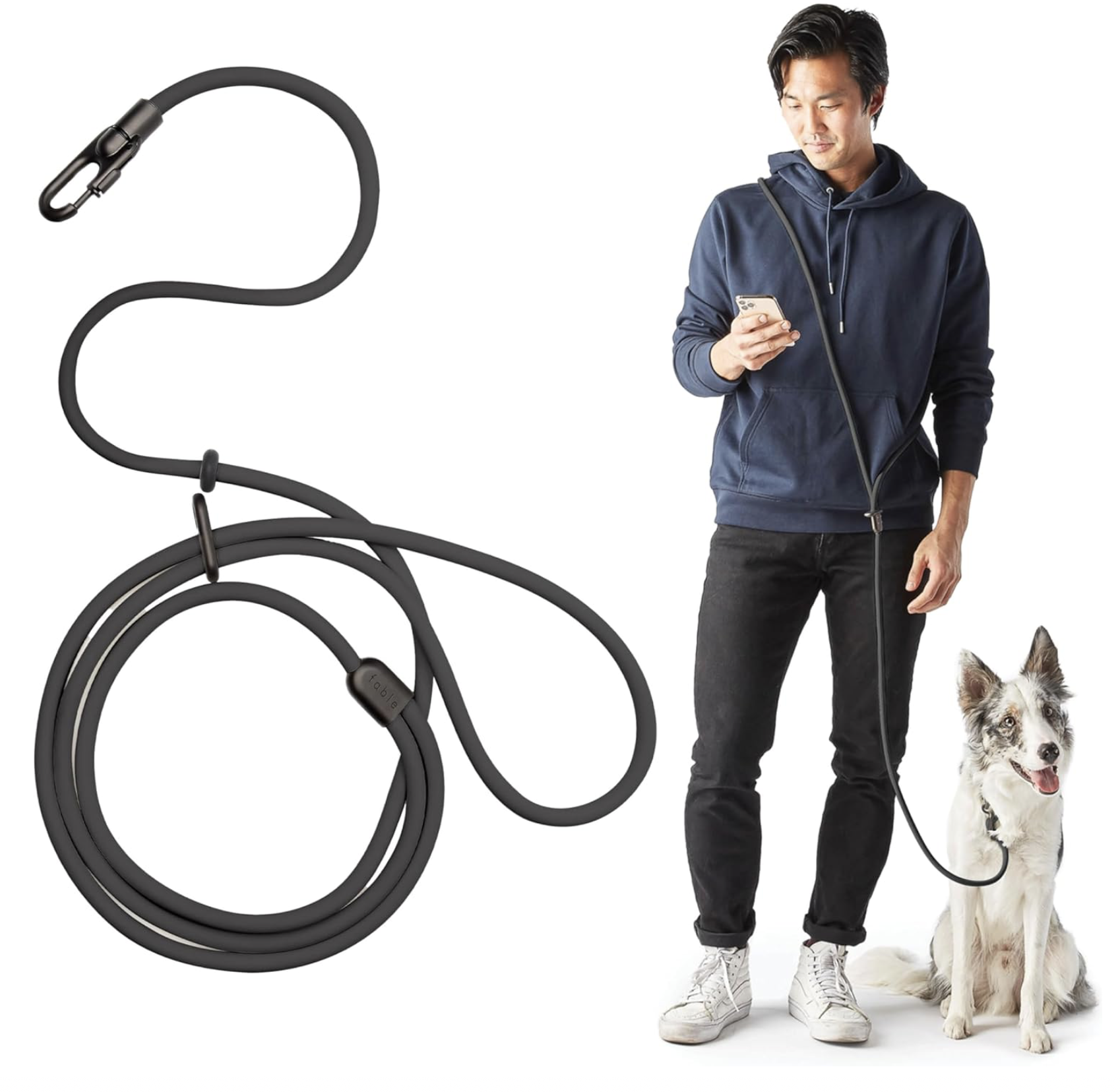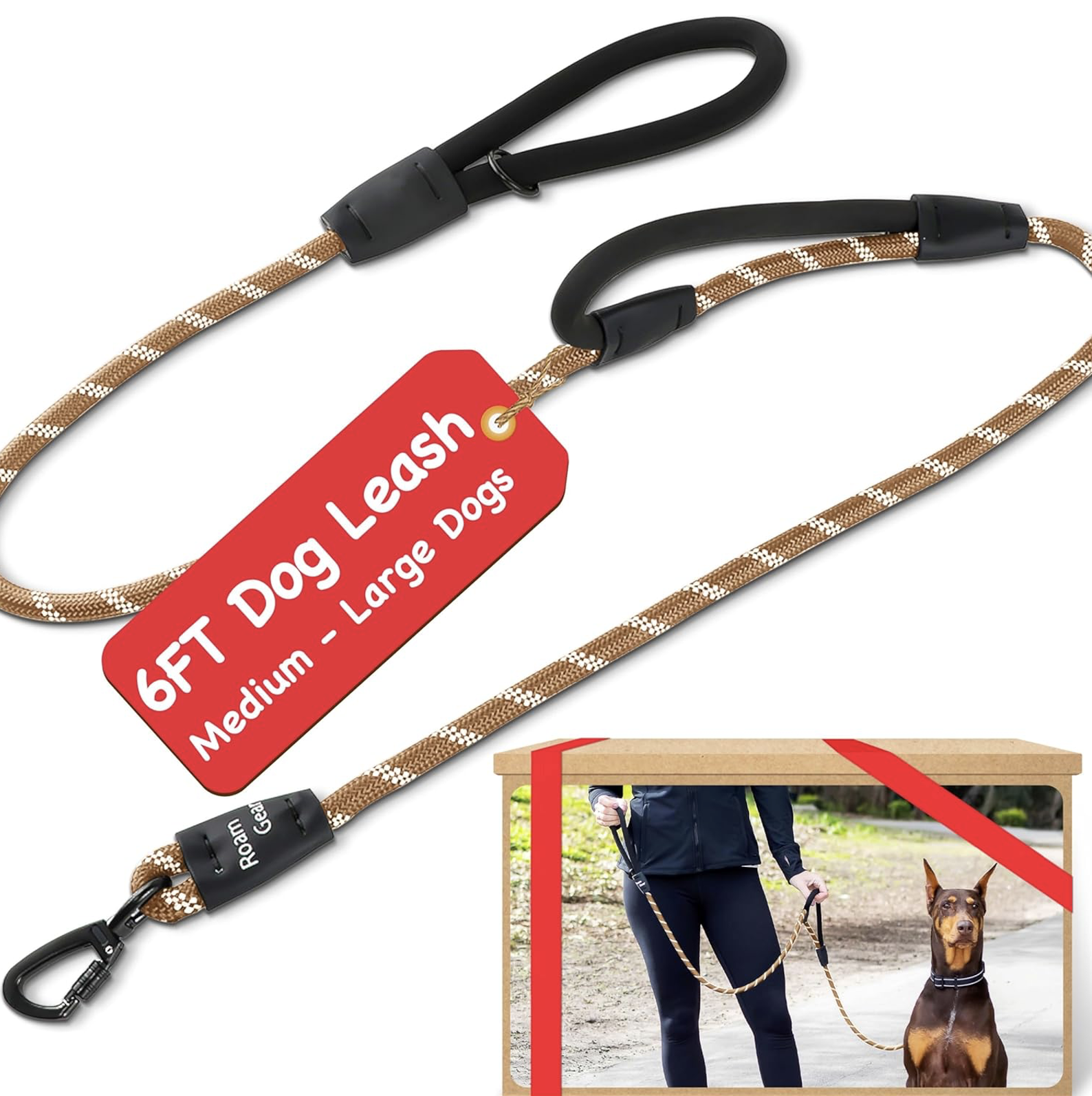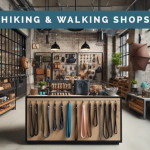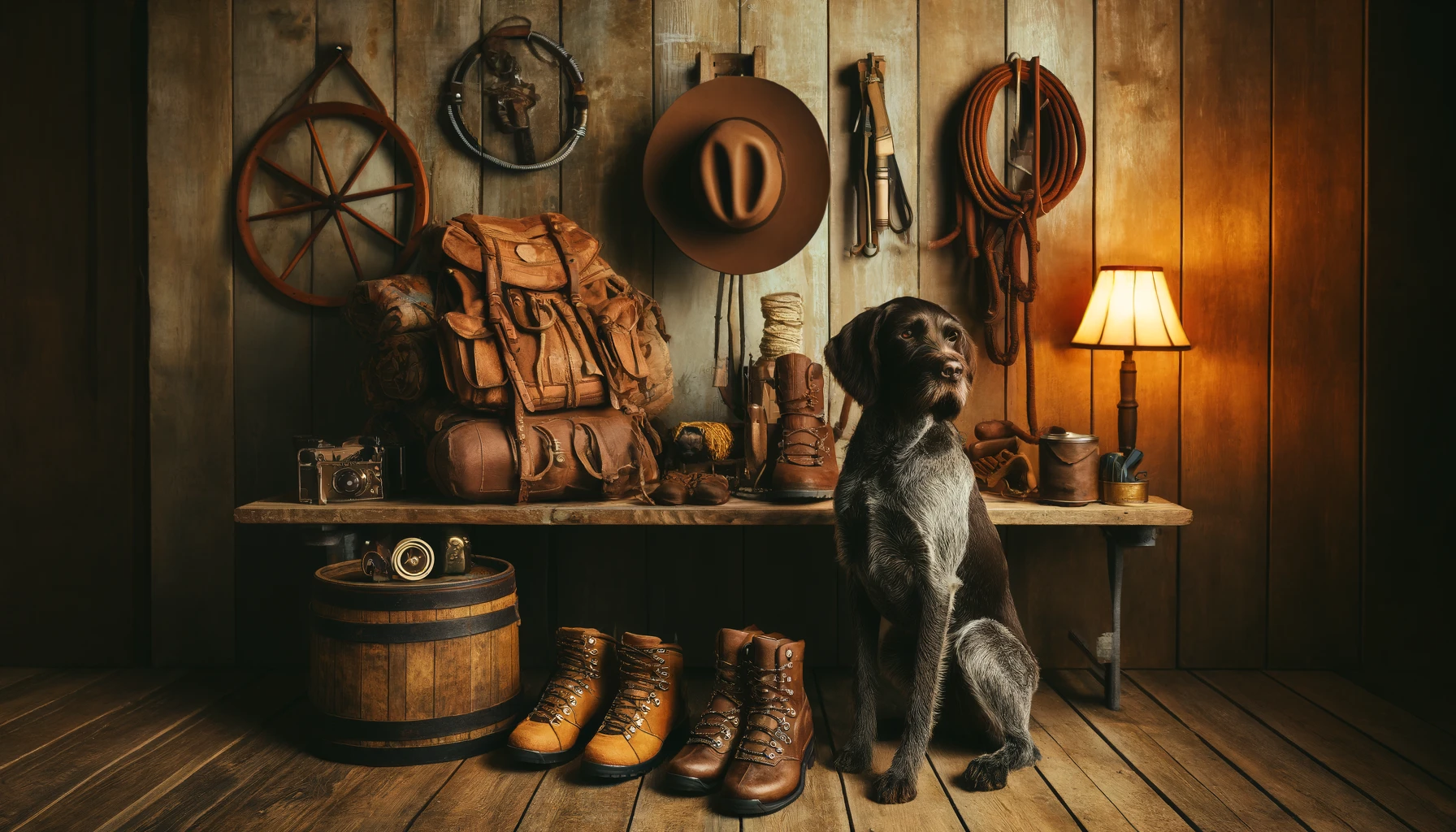
Pet Walk and Hiking Supply Shops
Collars | Leashes | Tote Bags | Leash Hooks | Jackets | Dog Walker Supplies | Poop Bags | Pet Footwear
A long walk does the soul well!
Pet Walks Done Right: Explore our shops dedicated to dog walking, poop clean up and getting organized.
Some dogs jump at the chance to walk, while others roll their eyes at the mere thought of a jaunt around the block. These shops are focused on great walks, ‘go’ preparedness, and great gifts for those who help us keep our pups strolling along. Just like the mail, dogs require walks rain, snow and sun, so being prepared for the elements from boots for hot pavement to the most comfortable harness to walk in style and with ease. Check out these shops to see what you are missing and we hope you find just what you need. Explore more Pet Walking Tips and Products.
CHOOSE WHERE YOU WANT TO GO NEXT
(hover to learn more about each shop)
Pet Walking and Hiking Supplies
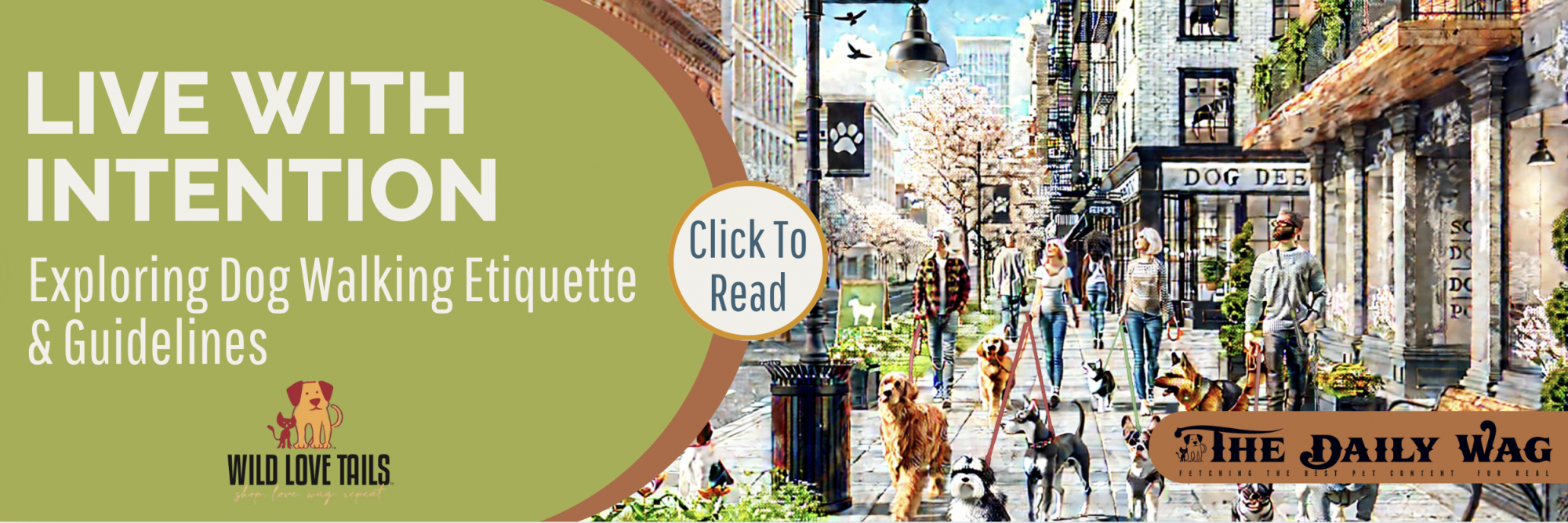
Here are 10 effective ways to help your dog have a great walk and stop pulling on the leash:
It is critical that you as the pet owner take ownership of your part in the training process. Consistency, leadership, and good human behavior is key and keeping it up every day is paramount. So often we wish ‘my dog;’ acted like ‘their dog,’ well that is possible but it actually starts with the pet owner and not with the pet. Do your homework, embrace the process, give it time, and enjoy the ‘walk.’
1. Take The Lead
- We don’t mean lead as in leash, we mean lead as in leader of the pack. The Dog Whisperer, Cesar Millan, in his best selling book, Be The Pack Leader, he outlines that it is the responsibility of the pet owner to take the lead.
- Establish yourself as the leader before you embark for a dog walk to ensure bad habits do not start for you and that you don’t have to rehabilitate your pup.
- In the book he says to walk slightly in front of your dog, establishing yourself as the pack leader and ensuring your dog follows your direction rather than the other way around.
- Maintain a calm, confident posture and using the leash to guide, not yank.
2. Use Positive Reinforcement
- Negative reinforcement is never effective with dogs, in fact it is counterproductive.
- Reward your dog with treats, praise, or a little fun when they walk calmly by your side. When you have treats, you are encouraging your dog to stay close without pulling.
- Give praise and treats when your dog exhibits the behavior you are looking for and when they avoid being distracted.
- Prepare before the walk or hike with paw wax and lotions, a task that most pups really enjoy and it will protect their paws during the journey. Here are a few options, visit our Pet Skincare Shop for a bigger selection.
3. Teach the “Heel” Command
- Train your dog to walk beside you by using the “heel” command. Start with short distances and reward them for staying by your side.
- The “heel” command teaches dogs to walk calmly at your left side without pulling or lagging. To train your dog to “heel,” start with your dog at your side, say “heel,” and use a treat or toy to guide them into position as you walk. Reward them when they stay close without pulling. If they veer away, stop and guide them back gently before continuing. Begin with short sessions, gradually increasing duration and adding distractions as they improve. Consistency, patience, and high-value rewards are key to mastering this command, which promotes control and focus during walks.
- Before embarking on your walk, start with the “heel” command and do not depart until your pup is on board.
4. Engage in Pre-Walk Exercise
- For pups who are full of energy or have been anxiously waiting your arrival for walk time, consider a little play time before your walk.
- Helping your dog release some energy with a game of fetch or other physical activities before a walk will make the walk more enjoyable for all.
- After a bout of play, command “heel” to let your pup know you are changing from playtime to walk time.
5. Don’t Reward or React To Pulling
- The best thing to do if your dog is pulling is to stop and not react. Hold your ground and ask them to “heel.” When they “heel,” reward them, but do not entice them with a treat, they will see this as a reward for that behavior.
- If your dog pulls toward something they want (e.g., another dog or a tree), stop and wait. Don’t move forward until they stop pulling, teaching them that pulling doesn’t lead to rewards.
6. Use a Proper Harness or Collar
- A simple pet collar was once the answer to leash attachments, but technology, good design, and pet owner smarts has created some very unique pet walk gear from full body, no-escape harnesses to padded harnesses, harnesses with handles and even Smart harnesses.
- Choose a no-pull harness or a head collar to reduce pulling. These tools distribute pressure evenly and give you better control without causing discomfort to your dog. It may take a few styles based on your dog’s statue and personality, we recommend starting with a Ruffwear® Harness like this Front Range No Pull option.
- Consider a training collar that utilizes vibration and sound when training pups.
- Explore more Pet Smart Collars to help with pet training.
7. Change Direction Often and Try New Routes
- A professional tip is to change walking direction often and choose different routes to provide an engaging walk for you and your pup.
- Practice “heel” commands as you change directions, ensuring that you retain the lead in every direction.
8. Leash Practices – Loose-Leash Walking, Short Leash, No Retractable Leashes
- Teach your dog that walking on a loose leash is rewarding.
- Stop walking whenever the leash becomes tight, and resume only when they relax and the leash slackens.
- Use a shorter leash to keep your dog closer to you, reducing their ability to pull.
- Avoid retractable leashes as they encourage pulling.
9. Plan Walk Training and Practice
- Choose low distraction locations to train puppies and new walkers and schedule short training session and slowing increase training times.
- Do your homework and plan your walk training sessions to provide consistency. Repetition is very effective.
- Begin training in quiet areas before moving to busier environments. Gradually increase distractions as your dog becomes better at loose-leash walking.
10. Seek Professional Training
- For pups that are not responding to commands or your leadership, seek professional training that will provide both you and your pup the tools required.
- Read books from the professionals, subscribe to youtube channels or take an online class to broaden your education, tips and tools to better work with your pup.
- If pulling persists, consider working one-on-one with a professional dog trainer who can offer tailored guidance and help address underlying behavioral issues.
NOT SURE WHERE TO GO NEXT?




